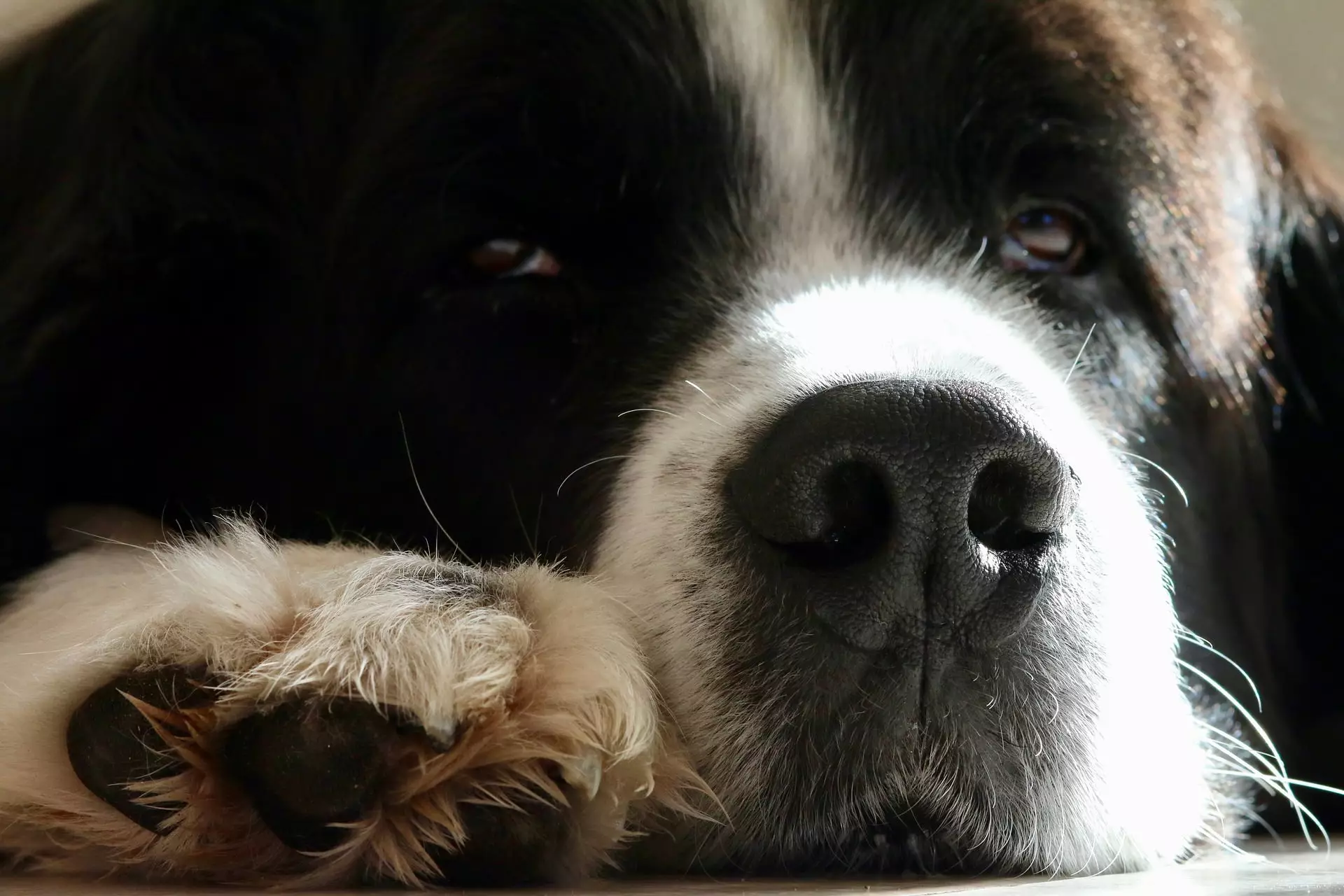Keeping your dog’s nails at an appropriate length is essential, not just for hygiene but also for their overall health and safety. As every dog owner knows, long nails pose risks, such as the potential to injure both the dog and humans around them. Unfortunately, the task of nail trimming is dreaded by many—both dogs and their owners alike. The fear of cutting too deep often looms large, which can create anxiety for both parties involved.
The Importance of Nail Maintenance
A dog’s nails serve much more than a cosmetic purpose. Overgrown nails can lead to abnormal gait, which may cause long-term joint or muscle issues. This unkind consequence makes it critical for every dog owner to become well-versed in the art of nail trimming. Not only does it safeguard your floors and furniture, but it also prevents painful injuries to your beloved pet.
However, it’s a daunting task that often triggers negative reactions from our four-legged friends. They may wriggle, bark, or even try to escape when faced with nail clippers. The root of this anxiety often lies in a painful past experience—the dreaded “quicking” incident. This occurs when the nail is cut too close, leading to severe pain and bleeding. Consequently, both dog and owner can become fearful of the process.
Navigate the Dread of Quick Cuts
Quicking a nail is a painful ordeal for dogs, and it’s understandable why both pets and owners dread nail trimming. Cutting into the quick—the sensitive area filled with blood vessels and nerves—causes not just bleeding but acute discomfort. In the event that you do happen to quick your dog’s nail, it’s crucial to handle the situation calmly and efficiently. When this happens, apply firm pressure with a clean cloth and consider using a styptic powder or cornstarch to aid clotting. These products serve to both stop the bleeding and facilitate the healing process, but they may sting as they’re applied.
If you don’t have any specialized products at hand, common kitchen staples can save the day. Flour or baking soda are good alternatives in pinch situations. It’s essential to keep the area protected and bandaged, ensuring your dog can’t lick at the injury—a known cause of bacterial infections.
Creating a Comfortable Environment
Preparation isn’t just about having the right tools; it’s also about training your dog to be comfortable with the process. You can drastically improve the experience by engaging in gentle foot handling sessions long before you reach for the clippers. Make this a part of your regular playtime so that your dog learns to associate foot handling with affection and rewards.
In addition to training, consider a calm environment before trimming. A quiet and stress-free setting can do wonders in allaying your dog’s fears. You might even utilize treats or chew toys to distract your pet while you work on their nails.
Post-Trimming Care and Things to Watch Out For
Once the nail trimming is complete, it’s crucial to monitor the area for any signs of complications. While nail injuries generally heal quite well, it’s essential to act promptly if bleeding continues or if your dog seems uncomfortable. Be cautious when introducing walks; assess your dog’s mood and physical comfort to determine when it’s okay to resume normal activity.
When a nail is cut too short, it can take some time for the nail to regrow, possibly up to two weeks. During this healing period, corral your dog’s activity to prevent further injury. The health of your dog’s nails plays a significant role in their overall well-being—both in the short and long run.
It’s also worth noting that products like Neosporin can be beneficial in some situations, though they may not always be necessary for minor cuts. A well-maintained area will naturally heal best, which reinforces the importance of preventative care during nail trimming.
Final Thoughts on Nail Trimming
While nail trimming can seem like a perilous task, knowledge and preparation can transform it from a dreaded necessity into a manageable routine. By understanding the anatomy of a dog’s nail and practicing the right techniques, you not only protect your pet from injuries but also foster a more trusting relationship. It’s essential to stay informed, acclimate your pet to the procedure, and approach the task with calm confidence. Remember, the goal is to create a safe and stress-free environment where both you and your dog can thrive.

